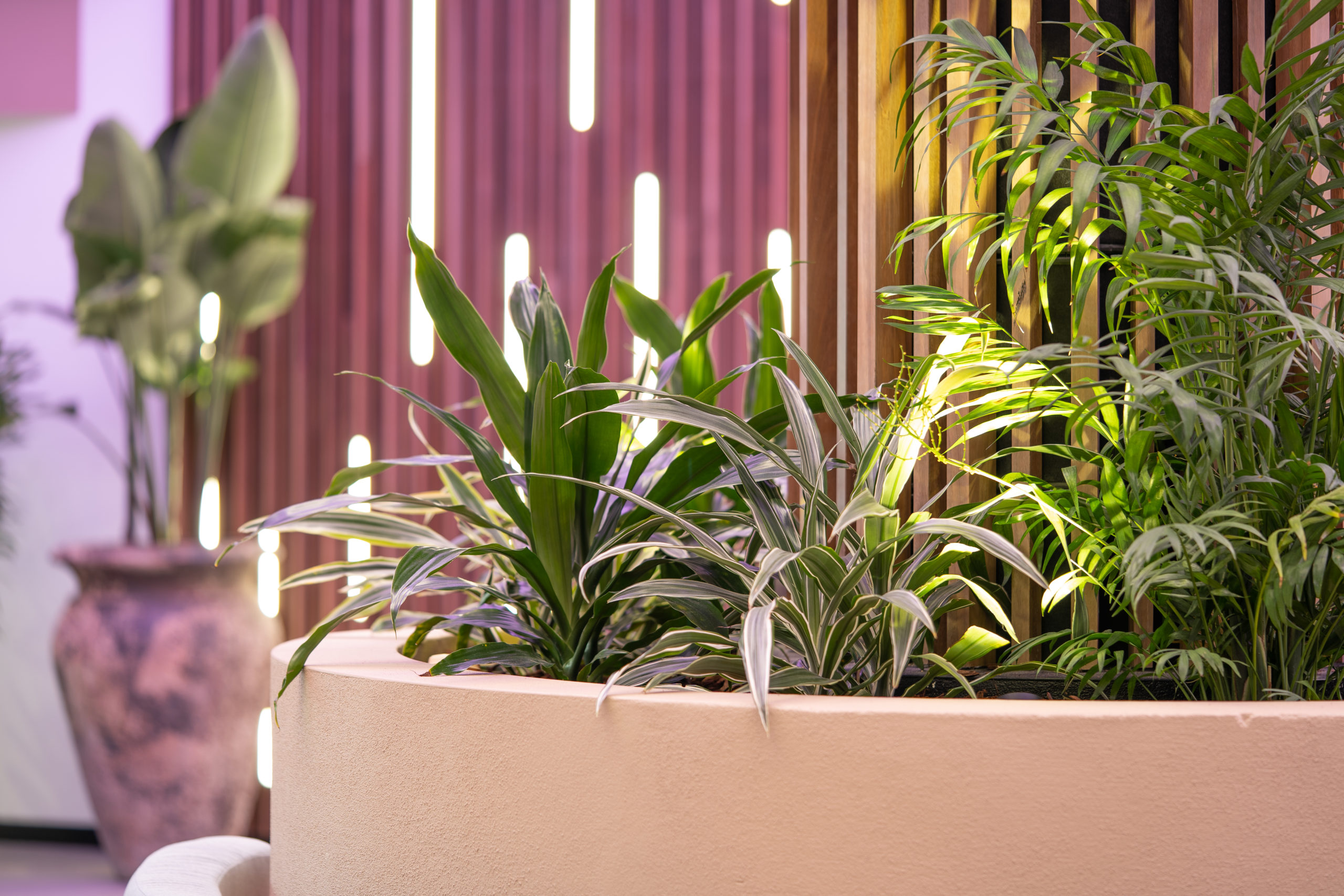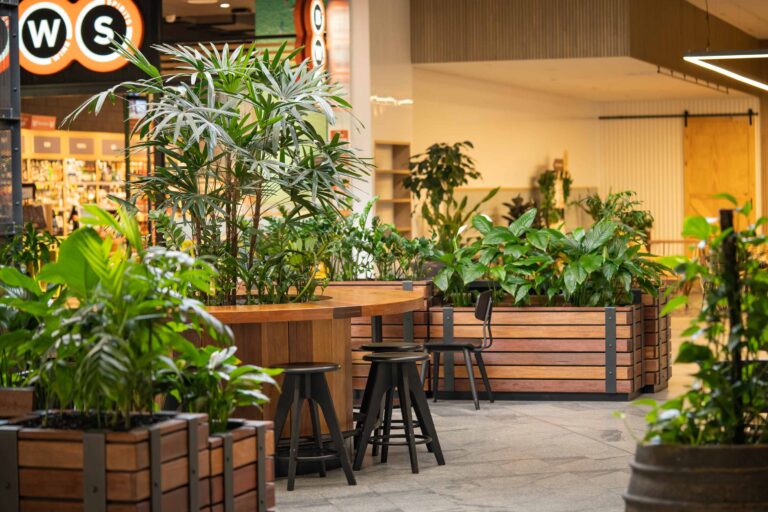In the ever-evolving landscape of workplace design, integrating office green space has become a key strategy to enhance the well-being and productivity of employees.
From rooftops to indoor gardens, businesses are exploring various options to bring nature into the workspace. In this article, we’ll delve into three main types of office green space, each with its unique benefits and considerations.
1. Rooftops, terraces, and streets: Transforming unused spaces
Unlocking potential:
Rooftops, terraces, and streets offer a unique opportunity to convert otherwise unused outdoor spaces into valuable amenities. These green spaces not only provide employees with a refreshing break but also foster a sense of community and connection.
Challenges and considerations:
However, implementing these green spaces comes with its set of challenges. From navigating red tape in approvals to addressing bad ergonomics and operational costs, developers need to carefully plan and execute rooftop and terrace transformations. Factors such as structural support, waterproofing, accessibility, and infrastructure must be meticulously considered.
Maximising potential:
To create an appealing rooftop or terrace, developers should engage tenants early in the process, consider the local climate, and explore diverse amenities. By offering variety and carefully choosing the location, developers can maximise the return on investment and make these spaces more inviting and usable.



2. Perennial gardens: Adding NLA and year-round enjoyment
Year-round appeal:
Perennial gardens, nestled just behind the facade, serve as plant-filled conservatories that can be enjoyed throughout the year. These indoor spaces contribute to a tenant’s Net Lettable Area (NLA), offering financial benefits to landlords.
Design considerations:
Developers should strategically position winter gardens to maximise sunlight and consider ventilation for natural airflow. As well as ensure proper insulation to maintain a comfortable temperature. For tenants, creating variety within the garden, connecting it to high-traffic areas, and emphasising differentiation through design elements enhance the overall experience.
3. Indoor plants: The timeless biophilic boost
Biophilia in design:
Indoor plants, a cost-effective solution, tap into our innate biophilic response, positively impacting mood and productivity. Scientifically proven to enhance well-being, indoor plants offer a simple yet powerful way to introduce greenery into office spaces.
Economics and considerations:
While indoor plants are economically feasible, lead times for unique or large orders and ongoing operational costs should be considered. However, the long-term benefits often outweigh the costs. As the positive impact on employee productivity and attraction of tenants can be substantial.


Elevating work environments with green spaces
In the pursuit of creating dynamic and inspiring work environments, incorporating green spaces has become a fundamental aspect of modern office design. From transforming rooftops into vibrant hubs to creating year-round sanctuaries with perennial gardens and embracing the simplicity of indoor plants. Then, businesses can reimagine their spaces for enhanced well-being, productivity, and overall satisfaction.
As the demand for greener workplaces continues to grow, these innovative office green space solutions are poised to play a pivotal role in shaping the offices of the future.
Looking for an indoor plant hire company in South East Queensland? Advance Plants services Brisbane, the Gold and Sunshine Coasts. Contact our interior landscape design team today for a custom quote.



